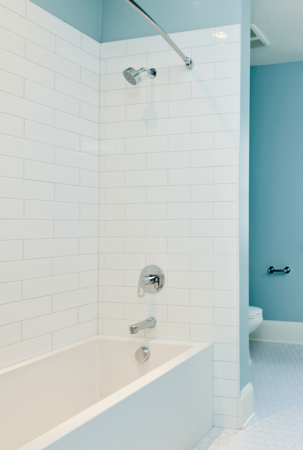Homeowners know the work related to their homes is never done. Tasks ranging from routine maintenance to minor tweaks to large projects are part of homeownership.
Some of the work related to a home focuses on functionality, while other tasks might be all about aesthetic appeal. Potential health concerns related to a home also merit homeowners’ attention. Mold is one such issue. Though it’s impossible to pinpoint how much mold poses a health problem to a home’s inhabitants, it’s fair to suggest homeowners feel that no mold is ideal. According to the New York State Department of Health, exposure to indoor mold can cause nasal and sinus congestion; eye irritation marked by itchy, red and watery eyes; wheezing and difficulty breathing; cough and other types of throat irritation; skin irritation, including rash; and headache.
The potentially harmful consequences of a mold infestation inside a home underscore how important it can be for homeowners to learn to identify when they have a mold issue at home.
Learn what mold looks like. Mold patches increase in size the longer an infestation goes unchecked, so it might be easier to stop an issue after it’s been around awhile. The NYSDOH notes that mold typically appears as fuzzy patches that may be discolored or even slimy.
Recognize that mold also can be malodorous. Mold produces a distinct musty smell that is often the first symptom people recognize when they have n infestation at home. If a musty smell is present in a room, try to follow it to its source. That may involve some trial and error, as mold can grow behind and even underneath surfaces, including carpets, wallpaper and cabinets. Mold also can grow behind walls, a situation that may necessitate working with a remediation professional.
Know where to look. Though mold can grow anywhere in a home, certain areas in a home are more vulnerable to an infestation than others. Rooms affected by moisture are susceptible to mold growth. In bathrooms, mold may grow around sinks, shower stalls and curtains, and tiles. In kitchens, mold can grow on tiles and even on the seal around a refrigerator door. Mold also can grow on and around window air conditioner units.
The NYSDOH notes that certain people may be more vulnerable to mold-related health problems than others. Such individuals include people with existing respiratory conditions and those with compromised immune systems. Homeowners can prioritize safeguarding their homes from mold infestations and, when necessary, work with remediation professionals to eliminate existing issues and reduce infestation risks going forward.
Protecting a home against a mold infestation is a simple yet important task homeowners can look to in an effort to keep their homes safe and healthy.




